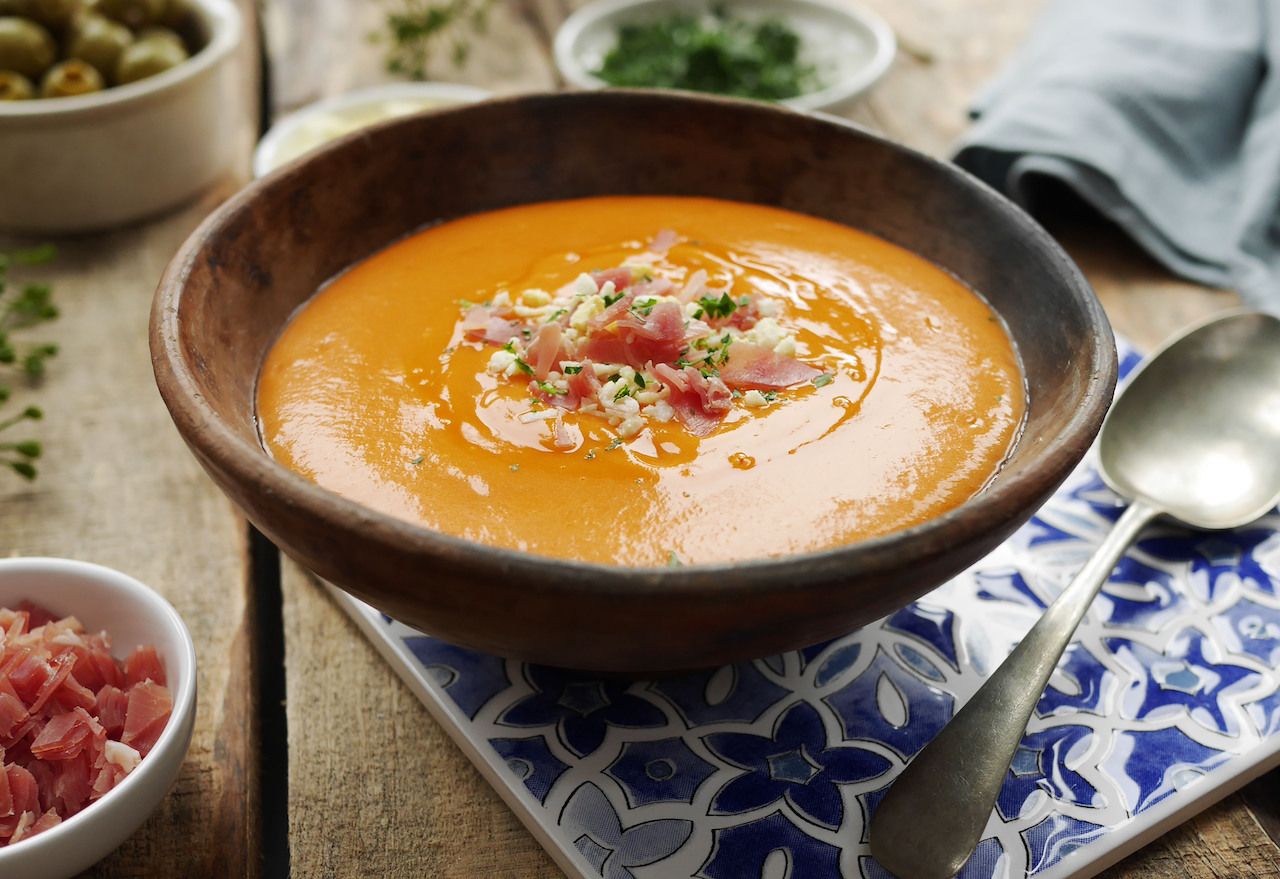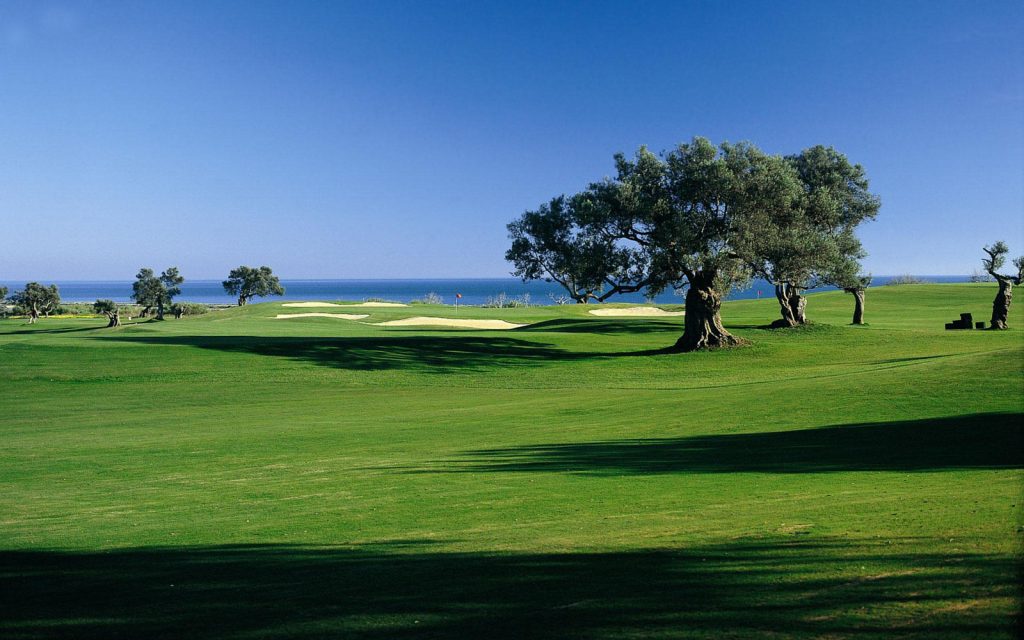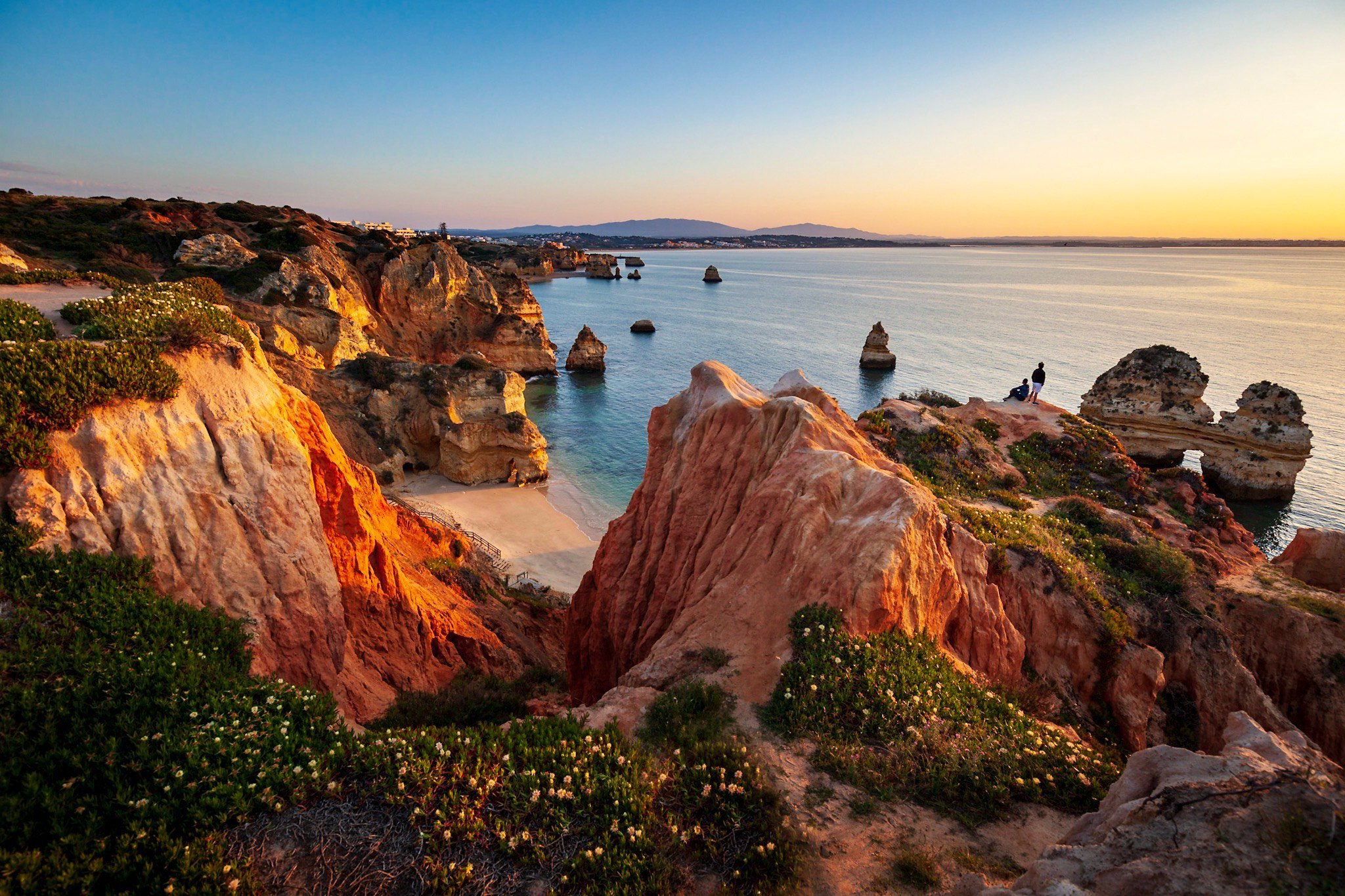Harvesting in the Priorat 2009: Differentiating Grape Varieties
 A friend of ours Raymond Magourty (Raymondo) is working the 2009 harvest in Priorat, Catalunya for Celler Mas Doix, a prestigious wine producer located in the villlage of Poboleda who’s Parker Points have elevated it in popularity. With his background in wine education, and ambition to learn more about the practicalities of wine-making, the winery employed him as ‘bodeguero’ during the harvest. Raymondo will continue chiming in for the remainder of the harvest! You can also read about his experience at the start of the harvest, visiting local wine festivals, the uncommon debate of when to pick the grapes and barrel topping, and the theory of Unnatural Selection.
A friend of ours Raymond Magourty (Raymondo) is working the 2009 harvest in Priorat, Catalunya for Celler Mas Doix, a prestigious wine producer located in the villlage of Poboleda who’s Parker Points have elevated it in popularity. With his background in wine education, and ambition to learn more about the practicalities of wine-making, the winery employed him as ‘bodeguero’ during the harvest. Raymondo will continue chiming in for the remainder of the harvest! You can also read about his experience at the start of the harvest, visiting local wine festivals, the uncommon debate of when to pick the grapes and barrel topping, and the theory of Unnatural Selection.
10th October
The day’s fly by during a hectic harvest. We start at 7:30 each morning and on my short semi-awakened stroll to the bodega I’m passed by tractors and jeeps with trailers all carrying D.O.Ca. Priorat regulation boxes filled with ripe grapes. Everybody is bringing in fruit now, we’ve reached the period where the vines are dormant and grapes are not developing any further. There are even a few gents about with hounds and guns as the hunting season has opened for Jabali (Wild boar) and certain game birds. When not overcast the sunrise over the hills with the mountains of Montsant in the frame is spectacular. The weather has been kind apart from a storm last week which left much of the town without phones or internet for the guts of a week, and the picking schedule that we’ve laid out on a large whiteboard in the office is proceeding close to plan.
 The sequence of events is quite similar now as we are into a daily routine of harvest and crush. The team is split in two and we alternate roles. Many of the tasks (I’m thinking of the selection tables again) are repetitive so you need to move people about to ensure they don’t go nuts. The first team headed by Josep Ma. heads to the designated vineyard parcel while the second team begins triage (French term meaning grape sorting) and crushing fruit. Today was my first chance in two weeks to flee the bodega and return to the vineyards. It’s getting darker and cooler each morning and when we reached the ‘Mas de L’Osso planes’ vineyard parcel the sun was still hidden behind the hills to the North East. Myself, Josep, Peter, Annan and Hassan got to work in our principal Syrah vineyard. Peter and Annan are from Ghana and are more acclimatized to somewhat warmer mornings. The chaps are smart, so taking advantage of the fact that the vineyard is trellised with double-cordon trained vines and that the morning breeze was blowing down the rows toward the pickers, Peter gathered bits of pruned vines and dead branches and lit a fire in one of the rows that kept us all warm for the twenty minutes before the sun streamed into the valley.
The sequence of events is quite similar now as we are into a daily routine of harvest and crush. The team is split in two and we alternate roles. Many of the tasks (I’m thinking of the selection tables again) are repetitive so you need to move people about to ensure they don’t go nuts. The first team headed by Josep Ma. heads to the designated vineyard parcel while the second team begins triage (French term meaning grape sorting) and crushing fruit. Today was my first chance in two weeks to flee the bodega and return to the vineyards. It’s getting darker and cooler each morning and when we reached the ‘Mas de L’Osso planes’ vineyard parcel the sun was still hidden behind the hills to the North East. Myself, Josep, Peter, Annan and Hassan got to work in our principal Syrah vineyard. Peter and Annan are from Ghana and are more acclimatized to somewhat warmer mornings. The chaps are smart, so taking advantage of the fact that the vineyard is trellised with double-cordon trained vines and that the morning breeze was blowing down the rows toward the pickers, Peter gathered bits of pruned vines and dead branches and lit a fire in one of the rows that kept us all warm for the twenty minutes before the sun streamed into the valley.
15th October
It’s approaching 9:30pm on a blustery autumnal evening, and I’ve just finished another delightful fun-filled 14hr. day. I’ve had little opportunity to write this past 10 days as we are flat out and though I’d frequently rather be scribbling away at the blog, my primary reason for being here is to work, and of that there is no shortage. We’ve got most of the grapes in by now and in the bodega the pattern is maceration & fermentation management. We’ve also begun pressing the early ripening varieties. My day mostly involves moving wine between tanks, small stainless steel deposits & barrels, measuring fermentation changes (Must density & temperature) and being on hand for an endless series of smaller tasks; these activities, coupled with the never-ceasing cleaning of winery equipment ensures there is little time for anything other than work, eat & sleep – alas, I’ve even missed all recent Barca matches, practically a criminal offense in Catalunya. Next week I plan to write in more detail about exactly what happens during fermentation and maceration but this week I’ll introduce the grape varieties & vineyards of Mas Doix.
Vineyards, parcels & grapes:
 The vineyards at Mas Doix are comprised of parcels of individual varietals, many of which are little more than 0.2 hectares in size. A vineyard such as ‘Mas de L’Osso’ will have several parcels segregated according to grape type. One of the distinctive attributes of the Poboleda region within Priorat is that we are framed by the mountains of Montsant on one side and by the ‘Serra de la Mola’ mountain range to the east. Between the two there is a corridor where cool winds from the north pass resulting in a slower ripening for the vines here, often 7 to 15 days later than other zones deeper into the Priorat region. This slower ripening adds a level of complexity to the wines from Poboleda. Most of the fruit is grown on hillsides and steep slopes (up to 65º) and much of the Garnacha and Cariñena is grown as bush vines with between 4,500 -> 6,000 vines per hectare. Red varieties account for over 97% of plantings and depending on the age of the vines the yields are tiny, and with old vines producing between 300g and 600g of fruit annually it can take between 3 – 6 vines to produce a single bottle of ‘Doix’.
The vineyards at Mas Doix are comprised of parcels of individual varietals, many of which are little more than 0.2 hectares in size. A vineyard such as ‘Mas de L’Osso’ will have several parcels segregated according to grape type. One of the distinctive attributes of the Poboleda region within Priorat is that we are framed by the mountains of Montsant on one side and by the ‘Serra de la Mola’ mountain range to the east. Between the two there is a corridor where cool winds from the north pass resulting in a slower ripening for the vines here, often 7 to 15 days later than other zones deeper into the Priorat region. This slower ripening adds a level of complexity to the wines from Poboleda. Most of the fruit is grown on hillsides and steep slopes (up to 65º) and much of the Garnacha and Cariñena is grown as bush vines with between 4,500 -> 6,000 vines per hectare. Red varieties account for over 97% of plantings and depending on the age of the vines the yields are tiny, and with old vines producing between 300g and 600g of fruit annually it can take between 3 – 6 vines to produce a single bottle of ‘Doix’.
In the past Mas Doix experimented with terracing, which is easier to farm but through experience determined that the slopes or ‘Costers’ produced better and more uniform results. The issue with the terraces was that the exposed Licorella rock reflected the sun with great intensity onto the vines grown on the flat perpendicular to the rock face. Grape ripening was affected and vine stress was aggravated during hot years. The hillsides won out as they ensure a more balanced ripening cycle for the vines.
White Grape Varieties
Pedro Ximinez – This was once one of Spain’s most important varietals, being the bedrock for wines of the south in traditional sherry. It’s still used in blends in Montilla-Moriles, parts of Andalusia and Malaga. It’s a not hugely exciting variety here in Priorat but we have some fantastic 50+ year-old vines in the breathtaking ‘Mora’ vineyard site that we crush whole cluster and ferment in stainless steel.
Macabeo – widely grown in Rioja, and one of three principal indigenous Cava varietals grown across areas south of Barcelona. It’s also found in the Languedoc region of France. It makes mildly acidic wines suitable for early consumption. We’re barrel fermenting ours for some added complexity and the plan is to blend with our other whites in the New Year.
Garnacha Blanca – another Spanish white varietal, it tends to have higher sugar than the others and produces wines with lowish acidity with citrus and herbaceous notes. We have some 75-year-old vines in our ‘Ullastres – Joan’ parcel that produce for me the most interesting of the whites. Again we’re barrel fermenting and it really tastes great, if uncomplicated with notes of ripe pear.
Red Grape Varieties: This is where it’s at in Priorat
Merlot – Our earliest ripening red grape, it buds, flowers and ripens earlier than the other reds. It is thin skinned, plump and fruity producing bunches that are looser than our other reds and rivals only Chardonnay as the worlds most widely grown varietal. We grow it in a small parcel of our ‘Mas de L’Osso’ vineyard where the 3-hectare site is shared with Syrah. It will be used for blending in Salanques & Les Crestes. Merlot here in Priorat has distinctive bell pepper & spice characteristics.
Garnacha Tinta (Grenache) – a Spanish varietal that likes hot, dry conditions and is after Tempranillo the second most planted red varietal in Spain. Here it produces wines that are a little spicy, with red-berry fruit flavours. It’s a little milder in terms of tannin, colour and acidity and when the yield is kept low and the fruit comes from older vines it provides the structure to most serious Priorat blends – ‘L’Ermita’ from Alvaro Palacios in Gratallops is generally about 80% Garnacha from very old vines grown on a north-easterly sloping vineyard. It buds early and requires a long growing season to ripen fully and the perturbed and humid conditions of this summer in Priorat wrought havoc here. We also grow lots of Garnacha Peluda; a closely related varietal is less sensitive to climatic changes and is distinguished by a downiness on the underside of its leaves. We class the Garnacha according to age of the vines in the parcel, from Garnatxa Jove (Young vines of about 12 years), Garnatxa Mitja (Mature vines between 30 and 50 years of age), Garnatxa Vella (Magisterial vines between 70 and 100 of age grown predominately on the spectacular steeply sloping ‘Bladimir’ vineyard parcel).
Syrah – This classic Rhone varietal has dark skin is grown in our ‘Mas de L’Osso’ vineyard and will also be part of the blend in the Salanques and Les Crestes wines. It produces powerful full-flavoured full-bodied wines often with notes of dark berries and pepper.
Cariñena (Carignan) – Probably the star of the show here. It’s named after a town in Aragon in northeast Spain; it was once the bane of many wine regions in Spain & southern France due to its propensity for vigour and productiveness. Here in Priorat from carefully farmed old ‘bush’ vines it gives hugely concentrated wines, arguably producing some of the finest Cariñena dominated wines in the world. At Mas Doix the oldest vineyard parcels of ‘Mas Doix – Joan Doix’, ‘Salanques – Domenech’ and Ullastres were planted between 70 and 105 years ago. The yield from these vines is very low and the parcel sizes are tiny (from 0.2 hectares to 2 hectares) but the vines root deeply into the Licorella soils searching for water. Carinena ripens late and needs a hot climate.
Cabernet Sauvignon – You may have heard of it. Last to ripen, we grow a small amount in the ‘La Venteta’ vineyard, again used for blending.
One last word on the vineyards and varieties. Priorat is a very traditional growing region with many bush vine vineyards that were planted more than 70 years ago, when single varietal parcels and separate fermentations for varieties were less obeyed. It’s not unusual in some older sites for one to find different varieties or even whites and reds growing side-by-side. You need to know your Garnacha from your Carinena when you’re making wine here.
See more Flickr photos here.
More soon….
Raymondo







